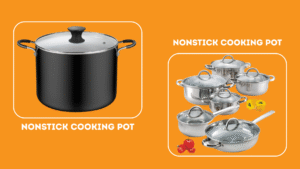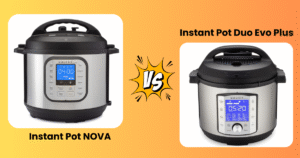
Ever tossed leftovers into the microwave and wondered, “Wait—is Pyrex microwave safe?” You’re not alone. As someone who’s melted more than my share of “microwave-friendly” containers, I’ve learned to trust Pyrex glassware through trial, error, and a dash of science. Let’s unpack the facts (without reheating last night’s pasta). Spoiler: Pyrex is a kitchen MVP, but like any tool, it has its quirks.
Table of Contents
What I Like
Pyrex has been a game-changer in my kitchen, and here’s why:
- Microwave Safe Convenience: I use Pyrex daily to reheat meals. It’s a relief to know it’s microwave safe, saving me from the dreaded plastic-melt mess.
- Durability: Even after years of use, my Pyrex dishes look brand new. They handle heat, cold, and my occasional drops like a champ.
- Versatility: From baking casseroles to storing soups, Pyrex does it all. It’s like the Swiss Army knife of kitchenware.
- Easy to Clean: No stubborn stains or weird smells. A quick wash, and it’s ready for the next use.
What Could Be Better
While Pyrex is fantastic, there’s always room for improvement:
- Weight: Some pieces feel a bit heavy, especially when full. A lighter option would be nice for easier handling.
- Lid Fit: Occasionally, the lids don’t seal as tightly as I’d like. A more secure design would be perfect for spill-proof storage.
- Price Point: It’s a bit pricier than other brands, but honestly, the quality justifies the cost.
My Personal Experience
I’ve been using Pyrex for over three years now, and it’s become a staple in my kitchen. Whether I’m meal prepping, reheating leftovers, or baking, Pyrex has never let me down. Here’s a deeper dive into what makes it stand out:
Design
Pyrex’s design is simple yet timeless. The clear glass lets me see what’s inside without opening the lid—perfect for checking if my lasagna is bubbling or my soup is reheating evenly. The stackable shapes save space in my cabinets, which is a lifesaver in my tiny kitchen.
Performance
When it comes to performance, Pyrex shines. I’ve used it in the oven, microwave, and even the freezer without a single crack or issue. It heats evenly, so no more cold spots in my food. Plus, it’s microwave safe, which means no more switching containers just to reheat my coffee.
Build Quality
The build quality is where Pyrex truly impresses. The thick, sturdy glass feels premium and durable. I’ve accidentally knocked it off the counter (more than once), and it’s still intact. It’s built to last, making it a worthwhile investment for any home cook.
Final Thoughts
Pyrex is a kitchen essential that delivers on its promises. It’s microwave safe, versatile, and built to withstand daily use. While it has a few minor quirks, the pros far outweigh the cons. If you’re looking for reliable, high-quality kitchenware, Pyrex is worth every penny.
CTA: Ready to upgrade your kitchen? Give Pyrex a try—you won’t regret it!
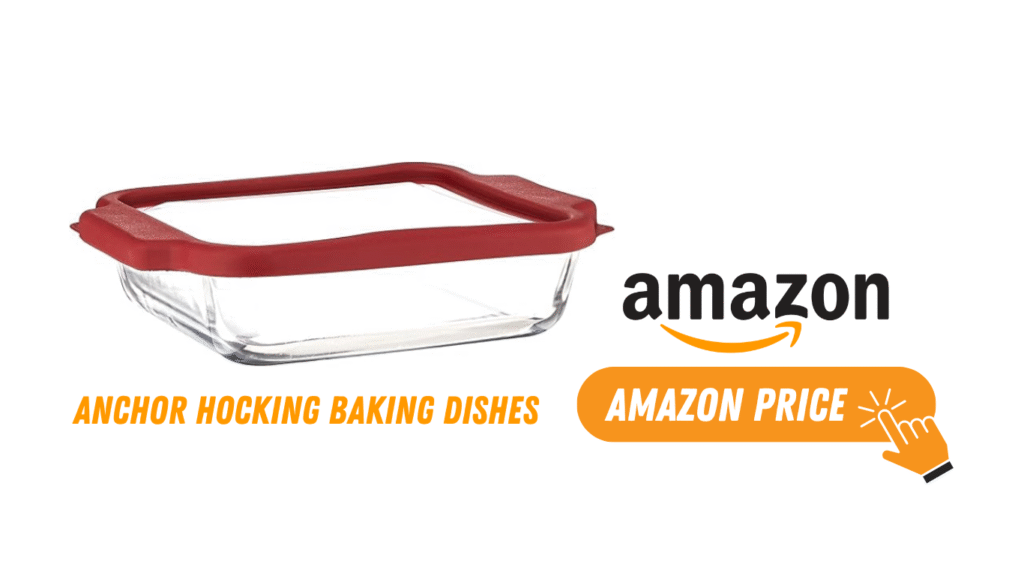
👉👉 Check Latest Update Price and Offer at Amazon 👉👉
Alternative Option: Anchor Hocking
As someone who’s spent years experimenting with kitchenware, I’ve tried my fair share of brands. Anchor Hocking is one of Pyrex’s biggest competitors, and it’s worth considering if you’re looking for microwave-safe glassware. Here’s how it stacks up against Pyrex.
Is Anchor Hocking Microwave Safe?
Anchor Hocking is a trusted name in glassware, and I’ve used their products for quick reheating and baking. Like Pyrex, it’s microwave safe, but there are some differences. Here’s a quick comparison:
| Feature | Pyrex | Anchor Hocking |
| Microwave Safety | Yes, handles heat evenly | Yes, but can get hotter faster |
| Durability | Highly durable, resists cracks | Durable but slightly thinner |
| Price | Mid to high range | More affordable |
| Design | Timeless, stackable | Simple, functional |
Summary: Both are microwave safe, but Pyrex feels sturdier, while Anchor Hocking is easier on the wallet.
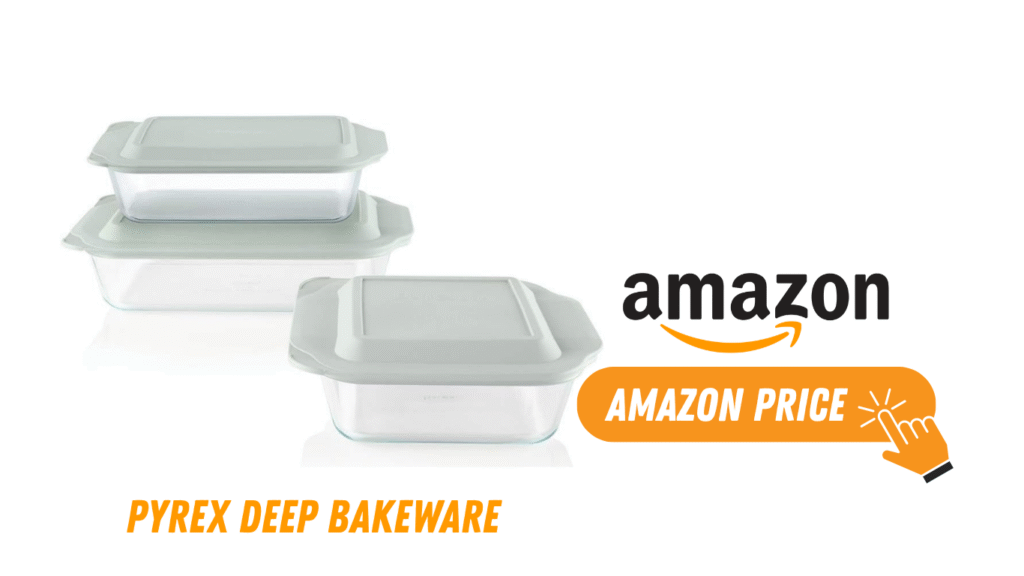
👉👉 Check Latest Update Price and Offer at Amazon 👉👉
Is Anchor Hocking Glassware Microwave Safe?
I’ve used Anchor Hocking glassware for storing and reheating meals. It works well, but I noticed it heats up faster than Pyrex, which can be a pro or con depending on your needs. Here’s a breakdown:
| Feature | Pyrex | Anchor Hocking |
| Heat Distribution | Even, no hot spots | Heats quickly, can be uneven |
| Versatility | Oven, microwave, freezer-safe | Microwave and oven-safe |
| Lid Fit | Snug but not always airtight | Similar fit, occasional gaps |
Summary: Pyrex offers more even heating, while Anchor Hocking is great for quick reheats.
Is Anchor Hocking Glass Jug Microwave Safe?
I’ve used both Pyrex and Anchor Hocking glass jugs for mixing and storing liquids. Here’s how they compare:
| Feature | Pyrex | Anchor Hocking |
| Microwave Safety | Yes, handles liquids well | Yes, but can get very hot |
| Spout Design | Smooth pouring | Functional but less refined |
| Capacity Options | Wide range | Limited sizes |
Summary: Pyrex jugs pour better, but Anchor Hocking gets the job done at a lower price.
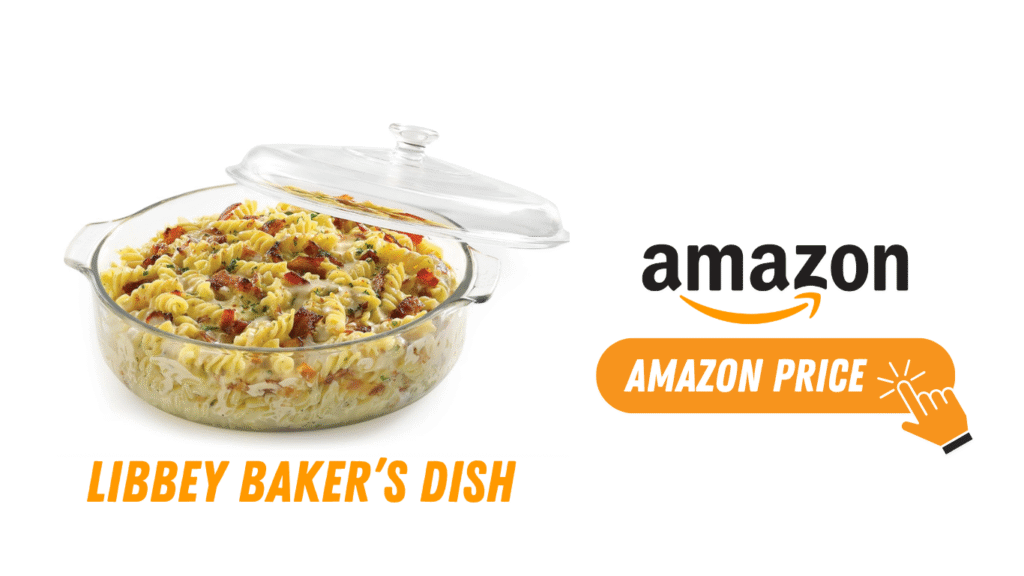
👉👉 Check Latest Update Price and Offer at Amazon 👉👉
Alternative Option: Libbey
Libbey is another brand I’ve tested over the years. Known for its stylish designs, it’s a solid alternative to Pyrex, especially if aesthetics matter to you.
Is Libbey Microwave Safe?
Libbey glassware is microwave safe, but I’ve found it’s better suited for short reheats rather than prolonged use. Here’s a quick comparison:
| Feature | Pyrex | Libbey |
| Microwave Safety | Yes, handles long reheats | Yes, but not for extended use |
| Design | Functional, classic | Stylish, modern |
| Durability | Extremely durable | Less resistant to drops |
| Price | Mid to high range | Mid-range |
Summary: Pyrex is more durable for daily use, while Libbey adds a touch of style to your kitchen.
Is Libbey Glassware Microwave Safe?
I’ve used Libbey glassware for serving and reheating. It works well for light use, but it’s not as versatile as Pyrex. Here’s how they compare:
| Feature | Pyrex | Libbey |
| Versatility | Oven, microwave, freezer-safe | Microwave and dishwasher-safe |
| Heat Resistance | Handles extreme temperatures | Best for moderate heat |
| Aesthetic Appeal | Classic, timeless | Trendy, modern |
Summary: Pyrex is the workhorse, while Libbey is perfect for stylish, light-duty use.
Final Thoughts on Alternatives
Pyrex remains my top choice for microwave-safe glassware due to its durability and versatility. However, Anchor Hocking is a great budget-friendly option, and Libbey adds a stylish touch to your kitchen. Each brand has its strengths, so your choice depends on your needs and preferences.
CTA: Ready to explore your options? Check out Pyrex and its competitors to find the perfect fit for your kitchen!
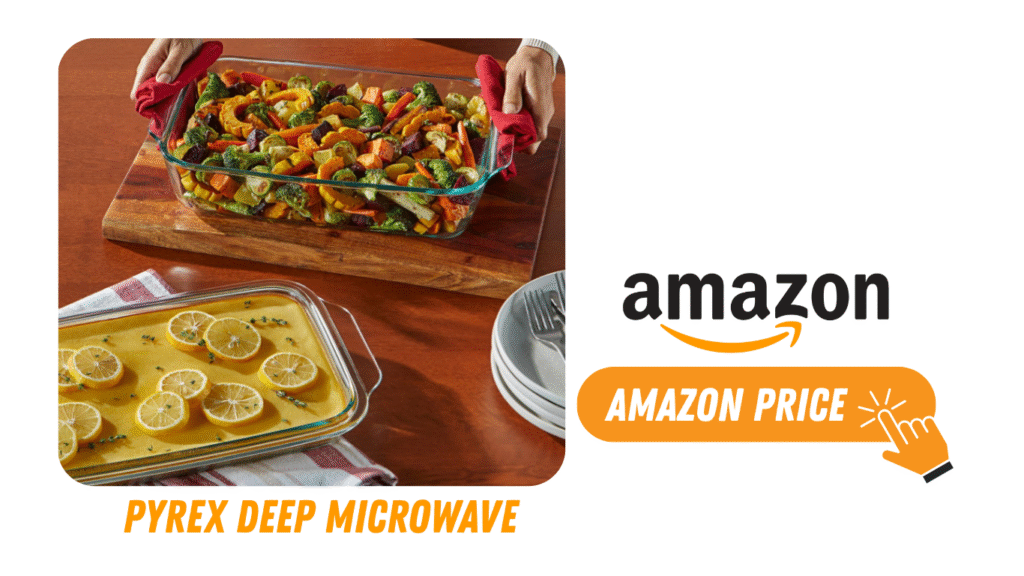
👉👉 Check Latest Update Price and Offer at Amazon 👉👉
My Final Thoughts on Pyrex
If you’re someone who values durability, versatility, and peace of mind knowing your glassware is microwave safe, Pyrex could be the perfect fit for you. It’s ideal for busy home cooks who need reliable kitchenware that can handle daily use. However, if you’re on a tight budget or prioritize lightweight designs, you might want to explore other options like Anchor Hocking or Libbey. Based on my experience, Pyrex is a kitchen workhorse that’s worth the investment—just don’t expect it to be featherlight or dirt-cheap.
FAQs For Is Pyrex Microwave Safe
Is Pyrex microwave safe?
Yes, Pyrex is microwave safe. It handles heat well, making it perfect for reheating meals without worry.
Is Pyrex safe in the microwave for long periods?
Absolutely. Pyrex is designed to withstand prolonged microwave use, ensuring even heating without cracking.
Can I use Pyrex glassware in the oven and microwave?
Yes, Pyrex is versatile. It’s safe for both oven and microwave use, making it a kitchen multitasker.
Is Pyrex glass jug microwave safe?
Yes, Pyrex glass jugs are microwave safe. They’re great for heating liquids like soups or sauces.
How does Pyrex compare to Anchor Hocking for microwave safety?
Both are microwave safe, but Pyrex offers more even heating and durability compared to Anchor Hocking.
Is Pyrex worth the price?
Yes, Pyrex is worth it for its durability, versatility, and microwave-safe design. It’s a long-term kitchen investment.

